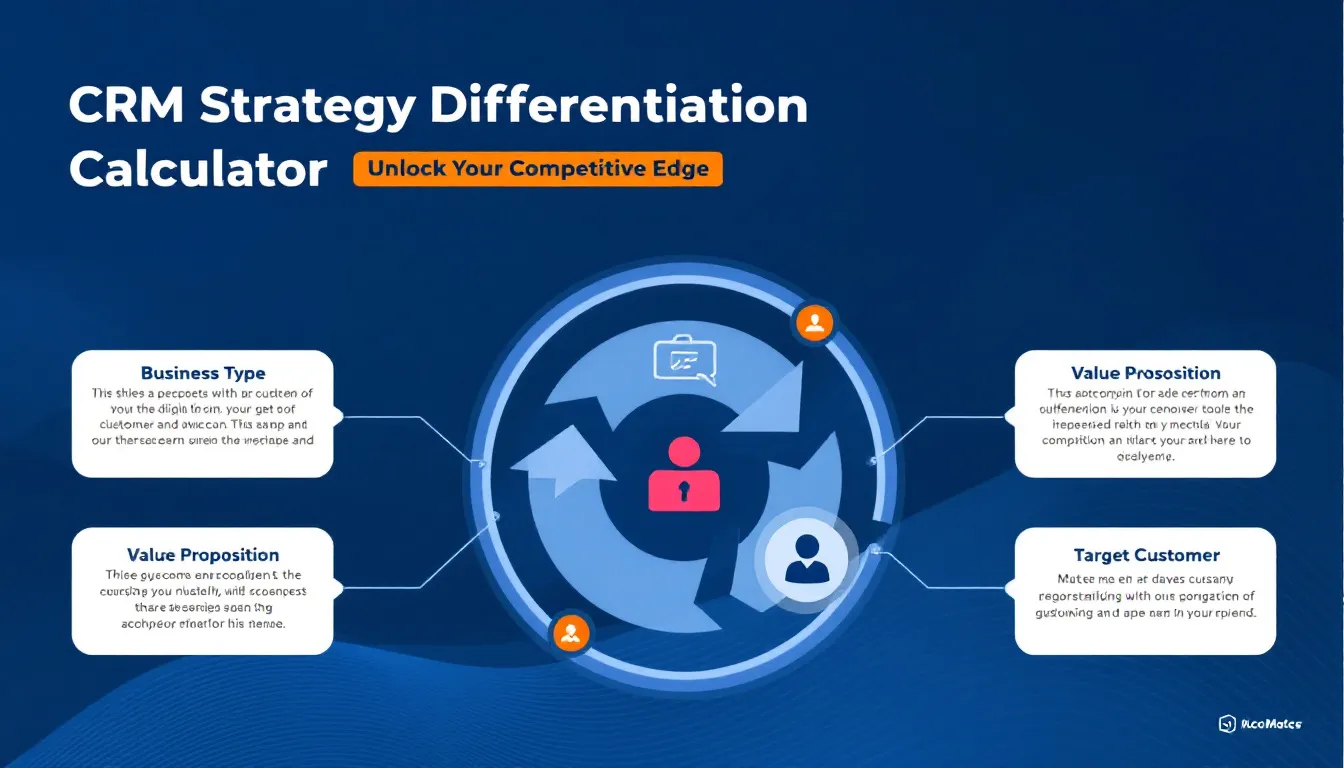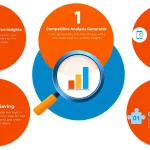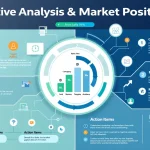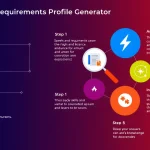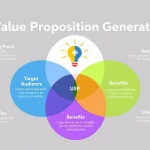Is this tool helpful?
How to Use the CRM Strategy Differentiation Tool Effectively
This powerful CRM strategy tool helps businesses develop targeted customer relationship management approaches. Here’s a detailed guide on using each field effectively:
1. Business Type or Industry Field
Enter your specific business sector. Examples:
- Boutique Digital Marketing Agency
- Sustainable Fashion Retailer
2. Unique Value Proposition Field
Detail your distinctive offerings and competitive advantages. Sample inputs:
- Data-driven marketing solutions with guaranteed ROI tracking and monthly performance workshops
- Ethically sourced materials with transparent supply chain and carbon-neutral shipping
3. Target Customer Profile Field
Define your ideal customer characteristics comprehensively. Examples:
- B2B software companies with 50-200 employees, $5M-$20M annual revenue, focusing on digital transformation
- Environmentally conscious urban professionals, ages 25-40, with disposable income above $75,000
4. Current CRM System Field
List your existing customer management tools. While optional, this information helps tailor recommendations to your technology stack.
5. Business Goals Field
Outline specific, measurable objectives to align your CRM strategy with business outcomes.
Understanding the CRM Strategy Differentiation Tool
This innovative tool transforms your business inputs into actionable CRM strategies that leverage your unique strengths to attract and retain ideal customers. It analyzes your business characteristics, market position, and target audience to generate customized recommendations.
Key Benefits of the CRM Strategy Differentiation Tool
1. Strategic Alignment
- Ensures CRM initiatives align with business objectives
- Creates coherence between value proposition and customer engagement
- Optimizes resource allocation for maximum impact
2. Customer-Centric Focus
- Develops targeted engagement strategies
- Enhances customer experience customization
- Improves customer lifetime value
3. Competitive Advantage
- Identifies unique market positioning opportunities
- Leverages distinctive capabilities
- Creates barriers to competition
Problem-Solving Capabilities
1. Market Differentiation Challenges
The tool addresses common differentiation challenges by:
- Analyzing competitive advantages
- Identifying underserved customer needs
- Creating unique value propositions
2. Customer Targeting Issues
Resolves customer targeting problems through:
- Detailed customer profiling
- Behavior pattern analysis
- Communication strategy optimization
Practical Applications and Case Studies
Case Study 1: Professional Services Firm
A management consulting firm used the tool to:
- Define their niche in sustainability consulting
- Target mid-sized manufacturing companies
- Develop industry-specific CRM workflows
- Result: 45% increase in qualified leads
Case Study 2: E-commerce Business
An online wellness products retailer implemented recommendations to:
- Segment customers by wellness goals
- Create personalized product recommendations
- Establish automated follow-up sequences
- Result: 30% improvement in customer retention
Implementation Strategies
1. Short-term Actions
- Customer database segmentation
- Communication template development
- Staff training on new approaches
2. Long-term Integration
- Technology infrastructure alignment
- Process optimization
- Performance measurement systems
Frequently Asked Questions
Q: How often should I update my CRM strategy?
Review and update your CRM strategy quarterly, with major revisions annually or when significant market changes occur.
Q: Can this tool benefit small businesses?
Yes, the tool is especially valuable for small businesses looking to maximize their competitive advantage with limited resources.
Q: How do I measure the success of implemented strategies?
Track key performance indicators such as customer acquisition cost, retention rates, customer lifetime value, and engagement metrics.
Q: Should I input multiple customer segments?
Focus on your primary target segment first, then create separate strategies for secondary segments as needed.
Q: How detailed should my unique value proposition be?
Include specific, measurable advantages that directly address your target customer’s pain points and needs.
Q: Can I use this tool for B2B and B2C businesses?
Yes, the tool adapts its recommendations based on your business type and target market characteristics.
Q: How do I align my CRM strategy with my sales process?
Use the business goals field to specify sales objectives and ensure the generated strategy supports your sales cycle.
Best Practices for Strategy Implementation
1. Change Management
- Involve key stakeholders early
- Communicate changes effectively
- Provide adequate training
2. Technology Integration
- Assess current systems compatibility
- Plan for necessary upgrades
- Ensure data consistency
3. Performance Monitoring
- Establish baseline metrics
- Set realistic targets
- Regular review cycles
Important Disclaimer
The calculations, results, and content provided by our tools are not guaranteed to be accurate, complete, or reliable. Users are responsible for verifying and interpreting the results. Our content and tools may contain errors, biases, or inconsistencies. We reserve the right to save inputs and outputs from our tools for the purposes of error debugging, bias identification, and performance improvement. External companies providing AI models used in our tools may also save and process data in accordance with their own policies. By using our tools, you consent to this data collection and processing. We reserve the right to limit the usage of our tools based on current usability factors. By using our tools, you acknowledge that you have read, understood, and agreed to this disclaimer. You accept the inherent risks and limitations associated with the use of our tools and services.
